Portulaca oleracea is called "longevity dish", and the doctor reminds: 2 kinds of people should avoid eating.
Portulaca oleracea, a common wild vegetable, has been eaten in Chinese for a long time. At the same time, purslane is also a traditional Chinese medicine, which has the effects of clearing away heat and promoting diuresis, detoxifying and reducing swelling, and is a plant that can be used as medicine and food.
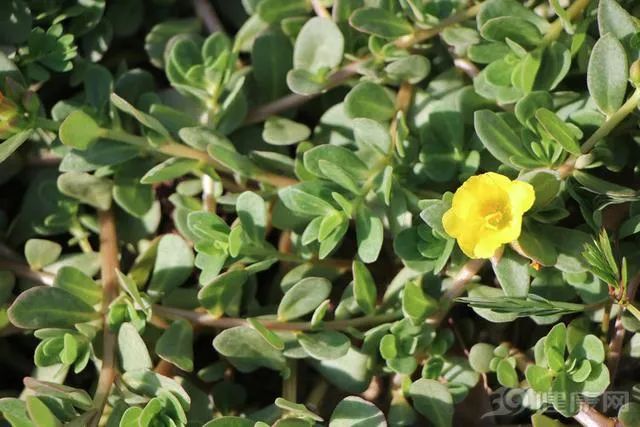
In modern nutrition, purslane is rich in dihydroxyethylamine, calcium, iron, phosphorus, carotene, vitamin C, selenium, Omega-3 fatty acids and other nutrients. There are still some claims that purslane can prevent cancer.

Can purslane prevent cancer?
In January, 2020, the Journal of Oncology of Traditional Chinese Medicine published a paper on cancer prevention of Portulaca oleracea L., taking mice as experimental objects, the paper established a model of lung metastasis of liver cancer in mice, and Portulaca oleracea L. formula granules were used as drugs.
The experimental results showed that the inhibition rate of high-dose Portulaca oleracea group was 54.15%, and that of low-dose Portulaca oleracea group was 30.72%. The results suggested that Portulaca oleracea could inhibit lung metastasis of liver cancer, and the experiment showed that Portulaca oleracea had certain influence on metabolism of mice.
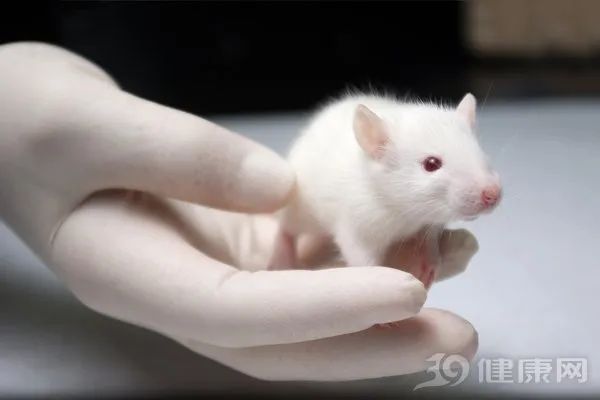
This shows that Portulaca oleracea has a certain anti-cancer effect in animal research. However, we can’t think that eating Portulaca oleracea every day can prevent cancer. On the contrary, we need to know that the anticancer effect of Portulaca oleracea has been confirmed in animal research, which doesn’t mean that it has the same effect in human research. Animal experiments have limitations, and human experiments lack effective and rigorous case studies, so it is not advisable to eat Portulaca oleracea in large quantities for the purpose of preventing cancer.

Portulaca oleracea has many wonderful uses.
Although the anti-cancer effect of purslane on people is not clear, eating purslane still has many benefits.
According to Compendium of Materia Medica, purslane has the effects of clearing away heat and toxic materials, attacking blood and reducing swelling. Portulaca oleracea also contains potassium salt, which has the effects of lowering blood pressure, slowing heart rate and protecting the heart.
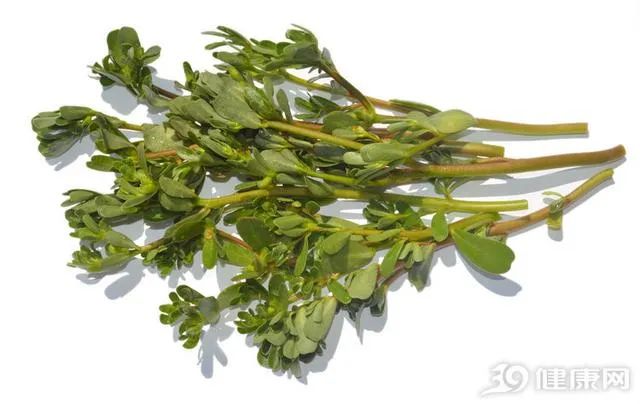
In addition, Portulaca oleracea has a strong inhibitory effect on Shigella dysenteriae, Escherichia coli, Staphylococcus aureus and other bacteria, so it is also known as "natural antibiotic".

Eating purslane is particular,
These taboos can’t be touched
Although eating purslane has many benefits, some people are not suitable for eating it. For example, pregnant women, purslane cold, has obvious stimulation to the uterus, and will also accelerate the frequency of contractions. Pregnant women may have the risk of premature delivery and abortion when eating purslane, so pregnant women should not eat purslane.

People with spleen and stomach deficiency and cold had better not eat or eat more. Portulaca oleracea is cold, and people with deficiency of spleen and stomach will aggravate the cold, especially those with diarrhea. It is best not to eat Portulaca oleracea to avoid aggravating diarrhea.
In addition, purslane should not be eaten with turtle shell as much as possible. It is recorded in the Classic of Materia Medica that the horse’s teeth can’t be mixed with turtle shell, which is a traditional Chinese medicine blindly and conflicts with purslane in terms of medicinal properties. Therefore, when eating purslane, don’t drink Chinese medicine with turtle shell at the same time, and it is best not to eat it with turtle meat at the same time.

Portulaca oleracea practice sharing
After talking about the benefits and precautions of purslane, let’s share some practices of purslane with you.
Portulaca oleracea
In hot summer, it is most suitable for cold salad. Because purslane is rich in oxalic acid, it can be blanched in boiling water for half a minute to one minute before cooking, and oxalic acid and other organic acids can be separated out to reduce the sour taste caused by oxalic acid.
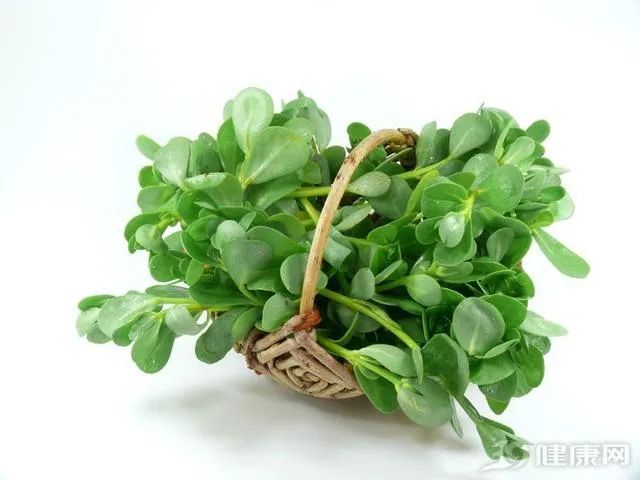
After blanching, you can add salt, minced garlic, soy sauce, sesame oil or your favorite seasoning and mix well. Those who like peppers can put a little pepper, which is more appetizing and refreshing.
Purslane porridge
Put a proper amount of japonica rice in a pot, add clear water and bring it to a boil. After boiling, turn to low heat and cook for 30 minutes until the porridge becomes thicker. Wash the purslane with clear water and cut it into sections, then put it in the porridge and cook for 5 to 10 minutes. Then add salt and mix well to turn off the heat.
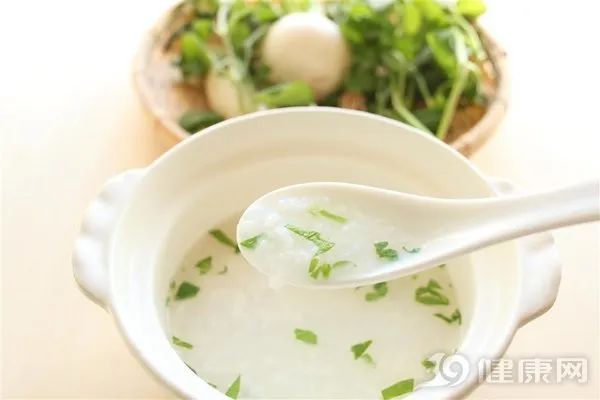
It is best to cook porridge in casserole. The porridge cooked in casserole is better than the porridge cooked in ordinary pot. If it is too troublesome to cook porridge, you can cook it in an electric rice cooker or other appliances that can be used to cook porridge, and add purslane in the middle.
Stir-fried purslane
Wash Portulaca oleracea in clean water, blanch it in boiling water for 5 minutes, then take it out and drain it, put a proper amount of oil in the wok, add minced garlic and stir-fry until fragrant, add bean paste and soy sauce, pour the processed Portulaca oleracea into the wok and stir-fry it evenly, and add a little salt before taking it out.
In a word, Portulaca oleracea has the effects of clearing away heat and toxic materials, cooling blood and reducing swelling, but its anticancer effect is still in the exploratory stage, and it is not suitable for long-term or large-scale eating because of its cold nature, and it is not suitable for people with spleen and stomach deficiency and pregnant women.
References:
[1]. Metabonomics analysis of Portulaca oleracea L. regulating lung metastasis of human hepatocellular carcinoma cells in nude mice. Journal of Oncology of Traditional Chinese Medicine, 2020,2 (1): 62-69.
[2]. Natural antibiotic-purslane. People’s Daily. 2019-8-2.
[3]. The medicinal value of purslane recommended by Chinese medicine is called "natural antibiotic". Yangzi Evening News .2009-6-1.
Read the original text